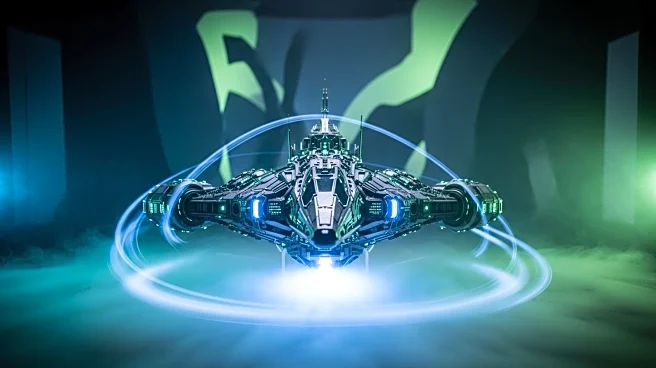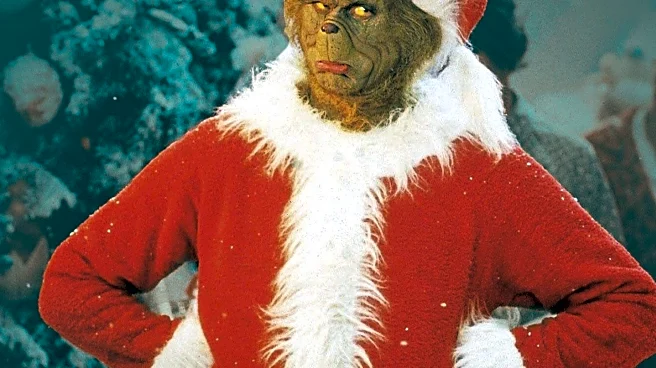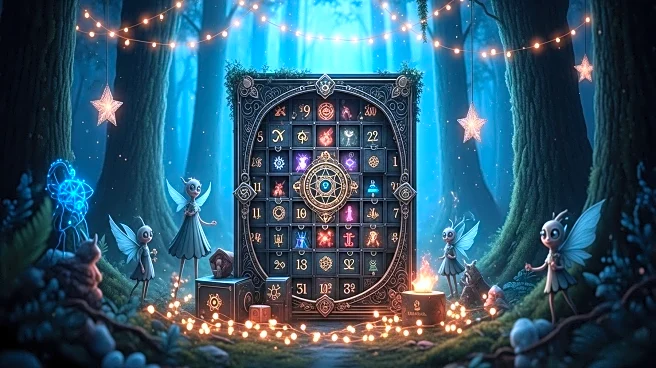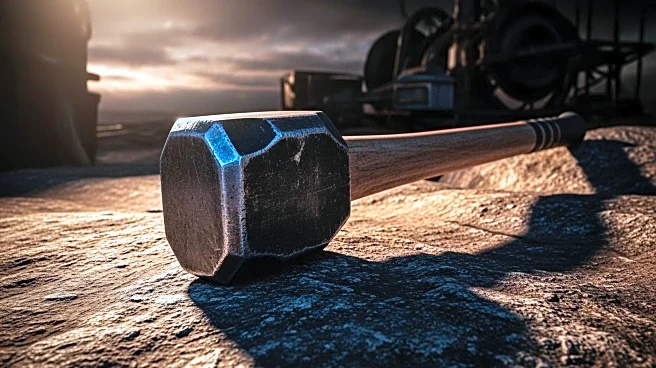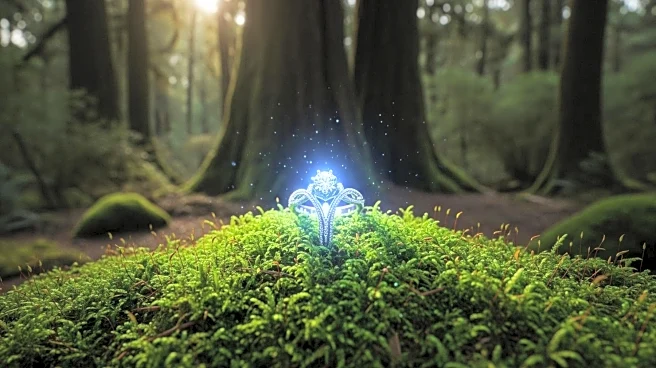What's Happening?
Ice Cube has disclosed details about the challenging production of the film 'War of the Worlds,' which was shot during the COVID-19 pandemic. In an interview, Ice Cube explained that his scenes were completed in just 15 days without the presence of a director or other actors. The film, originally shot by Universal, was later sold to Amazon, contributing to its delayed release. The production utilized real surveillance footage from around the world, which required extensive collection and editing. The film, a loose adaptation of H.G. Wells' novel, became a viral sensation upon the release of its trailer but received poor critical reception, initially holding a 0% score on Rotten Tomatoes.
Why It's Important?
The production of 'War of the Worlds' highlights the significant impact of the COVID-19 pandemic on the film industry, showcasing how filmmakers adapted to unprecedented challenges. The use of surveillance footage and the absence of traditional filming methods reflect innovative approaches necessitated by health restrictions. This case underscores the broader implications for the entertainment industry, where production schedules and methods have been disrupted, leading to delays and changes in distribution strategies. The film's critical reception also points to the challenges of maintaining quality under such constraints, affecting stakeholders from producers to audiences.
What's Next?
The film's release and reception may prompt further discussions within the industry about the viability of unconventional filming methods used during the pandemic. Stakeholders might evaluate the effectiveness of such approaches and consider their potential application in future projects. Additionally, the film's performance could influence decisions on how studios manage and release content in a post-pandemic landscape, balancing innovation with audience expectations.
Beyond the Headlines
The production of 'War of the Worlds' during the pandemic raises questions about the ethical implications of using surveillance footage in filmmaking. This approach may lead to debates about privacy and the boundaries of creative expression. Furthermore, the film's adaptation of a classic novel in a modern context could spark discussions on the cultural relevance and reinterpretation of literary works in contemporary media.
